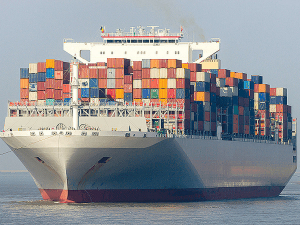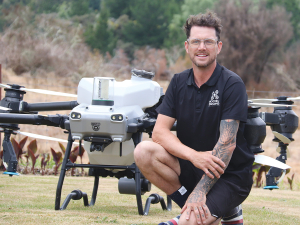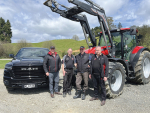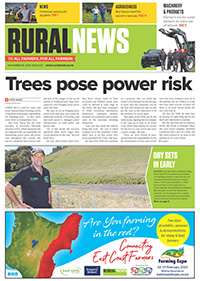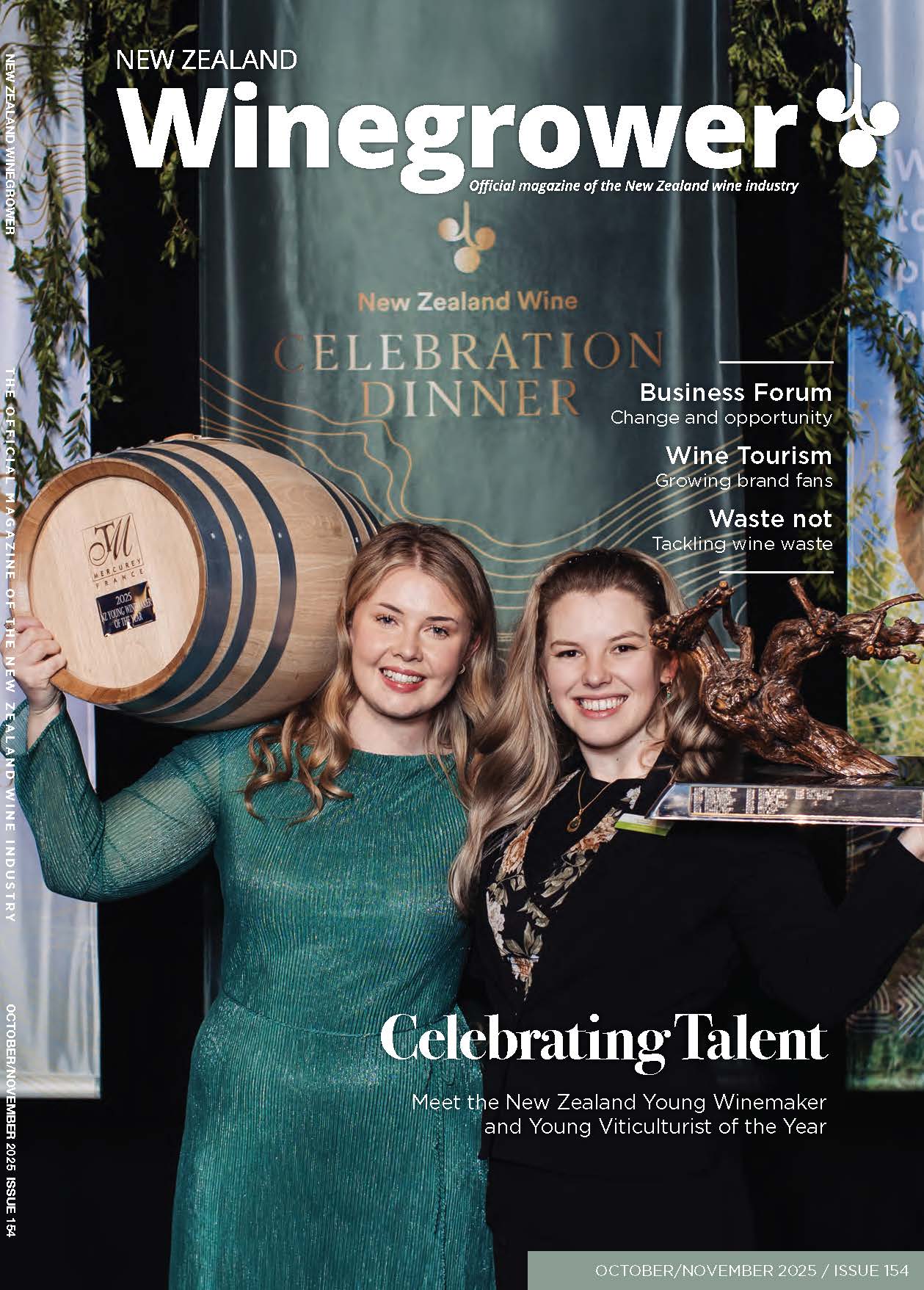The BBC in 2009 traced the path of one container and found that in 421 days it travelled 83,000km (75,750km by sea, 5200km by rail and 2200km by road – totalling 2.08 times Earth’s girth).
Containerised shipping dates back to the late 1950s, when trucking entrepreneur Malcolm McLean put 56 trailer vans on a ship called SS Ideal X.
It shipped them from Newark, New Jersey to Houston, Texas.
Way to go! It led to the first ship sailing from the US to the Netherlands carrying 236 containers.
By 1973, 4 million TEUs (20 foot equivalent units) were being shipped globally. By 1985 they were circling the globe and by 2013 about 90% of global trade was seaborne.
It cut costs by 90%. In 1956 the cost was US$5.86/tonne for loading and unloading. Today it costs US$0.16/t. Back then stevedores handled 1.3t/hour. In 1970 they hit 30t/hr.
ISO standards were soon adopted: a 20 foot container measures 2.4m wide, 2.4m tall and 6 m long. Today, the five main sizes are 20, 40, 45, 48 and 53 foot, the latter two sizes used mainly in the US.
And there are sub-categories, eg Hi-cube units at 2.9m tall, half height boxes at 1.3m and specialised units such as tankers or refrigerated reefers.
The 2.4m height arose from the need to pass through train tunnels but today this has crept out to 2.59m.
The World Shipping Council estimates about 20 million containers are in use, equating to 27 million TEUs. And losses are not as high as you may think: only about 500 containers are lost overboard or in accidents each year.
The first container ship to New Zealand was Columbus NZ which docked at Wellington in June 1971 and during the following eight days at Auckland and Port Chalmers, Dunedin.
Traditional sea freight at that time took 34 days to visit those ports – 10.5 days waiting to berth or for stevedoring or bad weather. Delays at NZ ports then made up 65% of all shipping costs.





